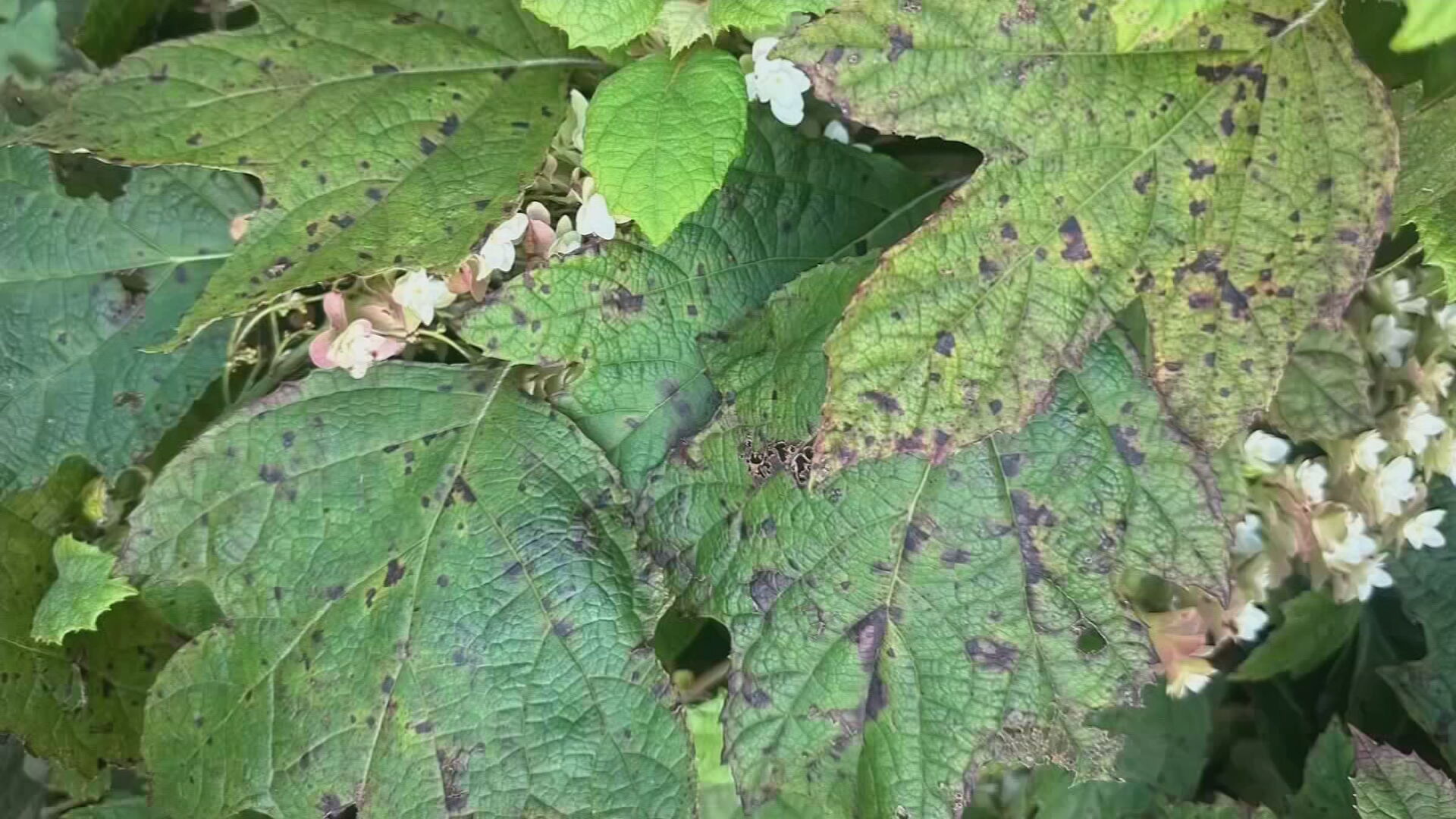Fungal plant diseases rise in Oklahoma gardens after wet spring
Oklahoma gardeners are battling a rise in fungal plant diseases following a wet spring, with experts offering tips for treatment and prevention.Thursday, June 26th 2025, 10:30 am
This spring's heavy rainfall helped plants flourish across Green Country, but it also created ideal conditions for fungal diseases. Horticulturist Brian Jervis with the OSU Extension Office says the recent weather pattern, with moisture and limited sun, has left many gardens vulnerable.
"We could finally get some sun," Jervis said. "We were lacking sun for a long time… but with the water brings a little bit of disease."
According to Jervis, moisture, plant susceptibility and the presence of pathogens are the three ingredients needed for fungal diseases to take hold. When all three align, leaf spots, powdery mildew and sun scald become more likely.
Spotting The Symptoms and Taking Action
Many homeowners are noticing problems like discolored or damaged leaves, which can be the result of both biotic and abiotic stressors. Jervis pointed out that not all issues are caused by disease—some are simply due to intense sunlight after a period of cloud cover.
"We're probably seeing more sun-skulled or sunburn than we are diseases," he said.
Jervis recommends removing affected leaves, especially older ones near the base of plants. In vegetable gardens, adding shade cloth may help reduce sun damage. He also encourages early-season prevention to reduce disease severity later in the growing cycle.
Fungicide Options and Organic Alternatives
Jervis said there are several types of fungicide products to use, ranging from traditional to organic options. He emphasized that gardeners have a variety of tools at their disposal depending on their preference.
"You've got a good general-purpose one, Daconil, I recommend that a lot," he said, which is suitable for vegetables, turf and landscape plants.
Application frequency varies depending on conditions—during wet periods, treatments may be needed every 3 to 7 days. As the weather dries out, every 7 to 14 days may suffice. Organic treatments like sulfur and copper are also available, though Jervis advises caution when using copper in extreme heat.
Stick With Science, Not Home Remedies
Jervis noted that the extension office often hears about homemade solutions, but he cautions against relying on them.
"We get a lot of home remedies… not saying they don't work," he said. "It's just hard for a university to recommend that because if you put too much on or mix it wrong, it may hurt the plant."
For more information on treating plant diseases and protecting gardens during Oklahoma's unpredictable weather, residents can contact the OSU Extension Office.
More Like This
June 26th, 2025
June 26th, 2025
June 26th, 2025
Top Headlines
June 26th, 2025










